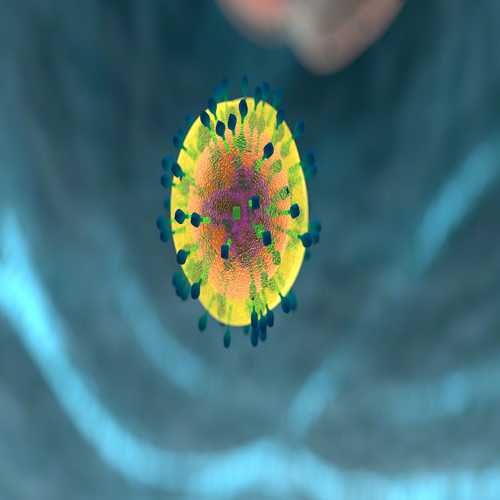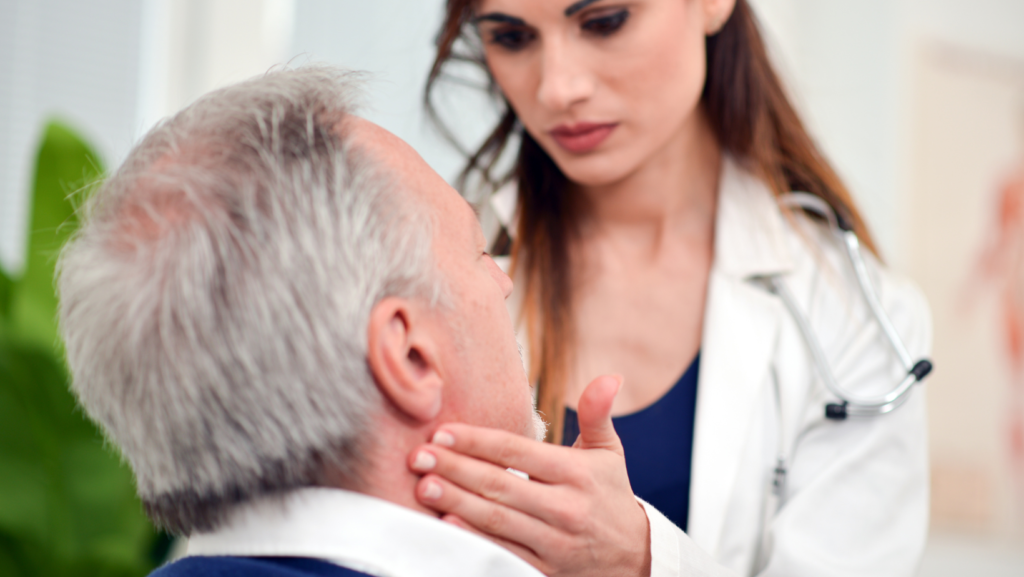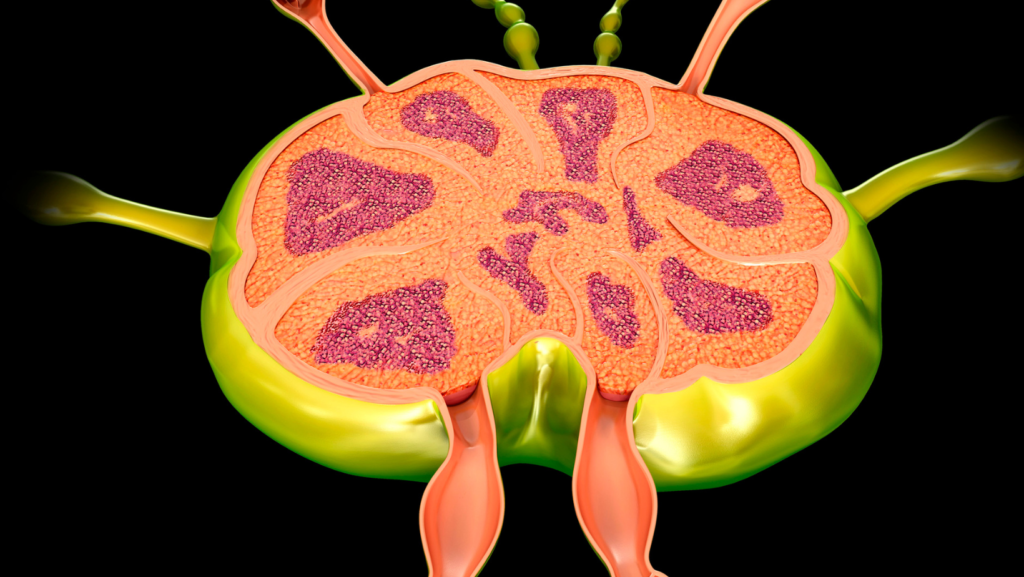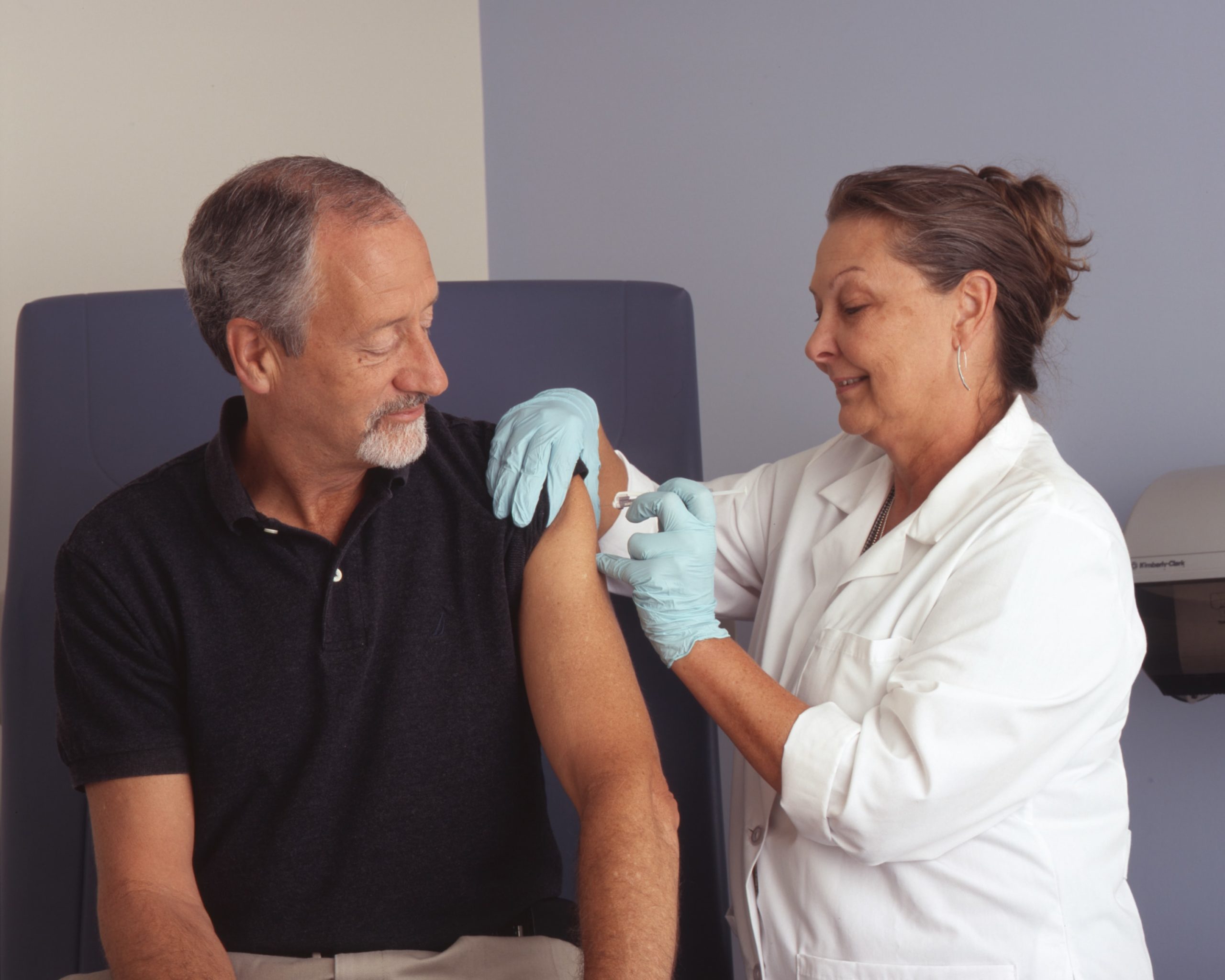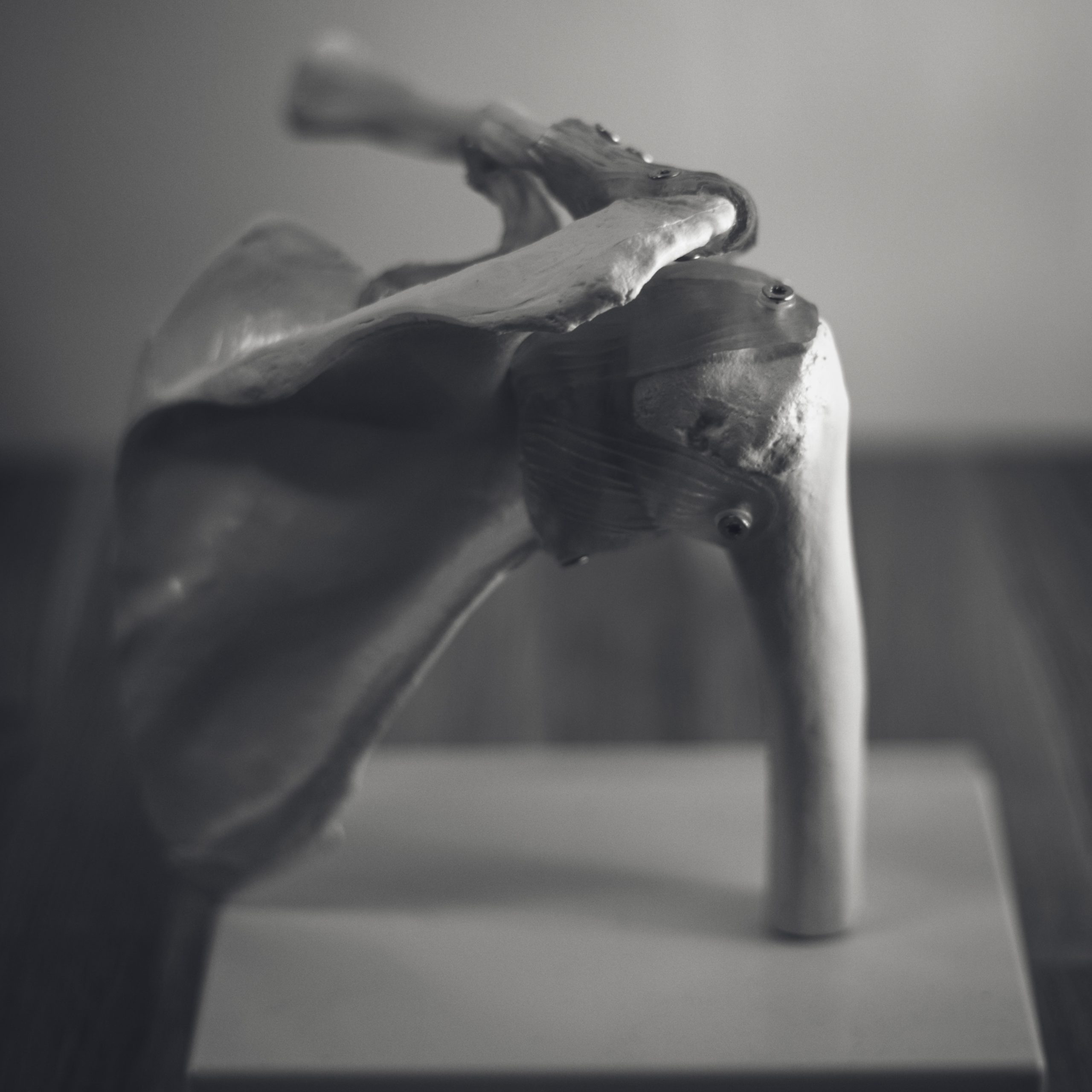Ankyloglossia, also known as tongue-tie, is a condition in which the tongue is tethered to the floor of the mouth by a thin strip of tissue (frenulum). The lingual frenulum can be shortened or thickened, limiting tongue movement or tethering the tongue too close to the tip.
This can make it difficult or impossible to move the tongue freely. Ankyloglossia can cause difficulties with breastfeeding, eating, and speaking. It is a relatively common condition, affecting between 2 and 5 percent of newborns.
While some babies with ankyloglossia do not experience any problems, others may have difficulty latching on to the breast or bottle or may have trouble eating solid foods. In some cases, ankyloglossia can also interfere with speech development.
The lingual frenulum usually separates before birth, allowing the tongue to move freely.
While ankyloglossia is generally not a serious condition, it can be problematic for some babies as they have trouble breastfeeding. If you are concerned that your baby may have ankyloglossia, talk to your doctor about treatment options.
Symptoms Of Ankyloglossia
Most people with tongue-tie ankyloglossia do not have any symptoms or only very mild ones.
However, in some cases, the tongue may be significantly restricted in movement. This can cause problems with eating, speaking, and swallowing. It can also lead to difficulty keeping the mouth clean and healthy.
Some of the more common symptoms of tongue-tie include:
- Difficulty moving the tongue from side to side
- Difficulty protruding the tongue beyond the teeth
- Difficulty licking the lips
- Difficulty chewing food
- Difficulty speaking clearly
- A feeling that something is “stuck” in the throat
- Excessive drooling
Ankyloglossia can also interfere with breastfeeding, as it can make it difficult for the baby to latch on to the nipple. In severe cases, ankyloglossia can cause malnutrition and failure to thrive.
Types Of Ankyloglossia
There are four types of ankyloglossia:
Complete Ankyloglossia
The tongue is tethered to the floor of the mouth by a very short, thick frenulum. This type of ankyloglossia makes it difficult or impossible to move the tongue tip past the lower gum line.
Incomplete Ankyloglossia
The frenulum is shorter and thinner than in complete ankyloglossia but still tight enough to restrict the submucous cleft palate.
Submucous Cleft Palate
A submucous cleft palate can cause similar symptoms to ankyloglossia, as the soft palate (the back part of the roof of the mouth) is also affected.
In a submucous cleft palate, there is a small opening in the soft palate, which can cause difficulty with breastfeeding and speaking.
Bifid Tongue
This is a rare condition in which the tongue is split into two parts. It can cause similar symptoms to ankyloglossia, as the tongue may be tethered to the floor of the mouth.
If you or your child has any of these conditions, it is important to see a speech-language pathologist, ENT specialist, or dentist for an evaluation.
Ankyloglossia can often be treated with a simple surgical procedure, called a frenectomy, which releases the tongue from the floor of the mouth. After treatment, most people experience an improvement in their ability to move their tongue and speak clearly.
Tongue-tie can occasionally produce mechanical issues with a child’s speech and dental hygiene.
How Is Tongue Tie Diagnosed?
The condition can be diagnosed based on a clinical examination of the mouth and tongue. The most obvious sign is the band of tissue that extends from the underside of the tongue to the floor of the mouth. This tissue may make it difficult to move the tongue from side to side or to protrude it from the mouth.
Physicians should consider various differential illnesses that may present with feeding difficulties and failure to gain weight before treating individuals with tongue ties.
A physician may also order a blood test to check for certain genetic conditions that can cause ankyloglossia, such as Down syndrome or Turner syndrome. In some cases, an imaging test, such as an X-ray, CT scan, or MRI, may be necessary to get a better view of the affected area.
Treatment Of Ankyloglossia
If tongue-tie treatment is causing problems with eating, speaking, or oral hygiene, treatment may be recommended. The most common treatment is a surgical procedure called frenuloplasty, which involves cutting the band of tissue that is attached to the nerve endings of the tongue. This procedure is typically done on an outpatient basis and does not require general anesthesia.
In some cases, frenuloplasty may be combined with another surgical procedure, such as tongue-tie release or uvulopalatopharyngoplasty (UPPP). Tongue-tie release is a procedure that involves cutting the tissue that attaches the tongue to the floor of the mouth. UPPP is a procedure that involves removing the excess tissue from the back of the throat.
After surgery, it is important to practice good oral hygiene and to eat soft foods for a few weeks while the mouth heals. The team may include: the primary care provider, pediatrician an ear, nose, and throat specialist (ENT) a lactation nurse or consultant a speech-language therapist.
Ankyloglossia can also be treated with nonsurgical methods, such as speech therapy or dysfunctional therapy. Speech therapy can help children learn how to produce certain sounds correctly. Myofunctional therapy involves exercises that help improve the function of the tongue and lips.
In some cases, ankyloglossia may resolve on its own as a child gets older. This is more likely to occur if the condition is mild. If ankyloglossia does not improve over time, surgical intervention is not always necessary may be necessary to correct the problem.








